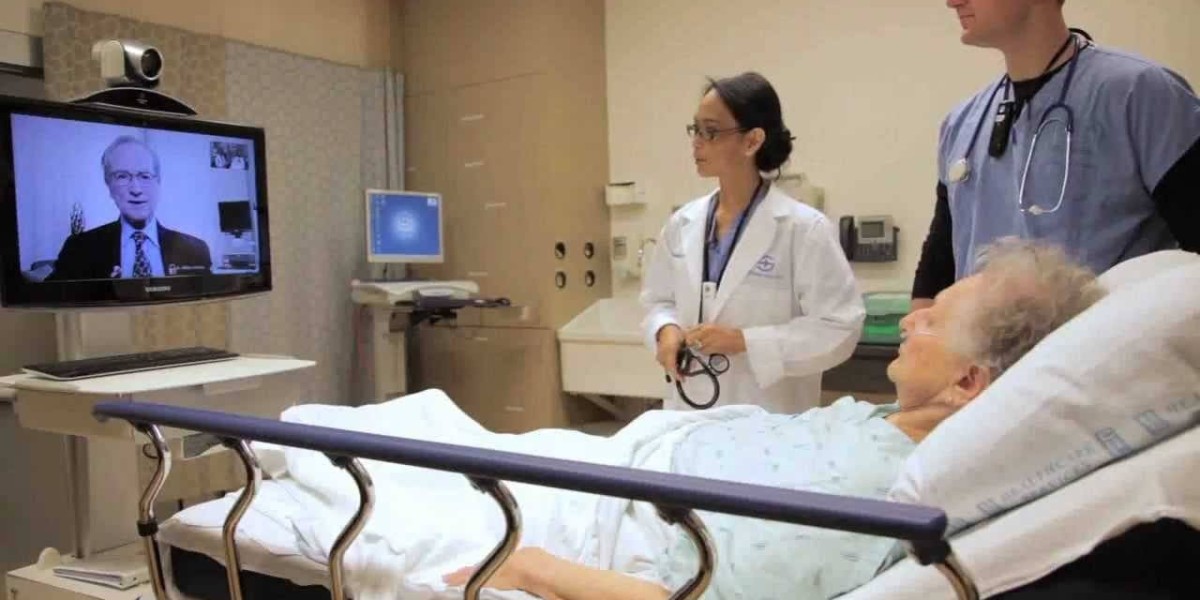Access to Timely Stroke Treatment
Telestroke services are helping expand access to timely stroke treatment for patients in rural and remote areas. By leveraging telemedicine technology, stroke specialists can evaluate patients and determine appropriate care even when an on-site neurologist is not available. This allows more patients to receive care within the critical window needed for stroke treatments like thrombolysis. Studies have found telestroke consultations can significantly reduce time to treatment compared to transferring patients to regional stroke centers. For example, one study found telestroke reduced treatment time by an average of 31 minutes. Faster treatment leads to better outcomes, with patients regaining more independence and avoiding long-term disabilities.
Ensuring Appropriate Treatment Recommendations
Telestroke consults allow remote specialists to perform a comprehensive neurological exam in real-time. They can view CT or MRI scans to accurately diagnose the type of stroke. The specialist can then determine the best treatment plan whether that be thrombolysis, endovascular procedures, or conservative care. Some rural hospitals may only see a few stroke cases per year making it difficult for local doctors to stay fully proficient in the latest treatment guidelines. Telestroke provides access to experts who evaluate hundreds of stroke cases annually. This extra clinical experience helps ensure patients receive the most up to date and appropriate treatment recommendations.
Reducing Transfers & Healthcare Costs
Using Telestroke Services, many patients can be treated at their local hospital rather than requiring an inter-facility transfer. Transfers are financially and logistically challenging, especially for those in remote areas already facing delays just reaching medical care. They also increase the risk of worse outcomes the longer treatment is delayed. Telestroke allows more patients to bypass unnecessary transfers and receive critical care close to home and community support systems. This reduces costs for healthcare facilities and insurers while improving convenience and outcomes for patients and their families. One study found telestroke reduced unnecessary transfers by 25-50% saving over $600,000 in ambulance and hospital costs.
Expanding Services to Underserved Populations
Rural and remote populations have long faced barriers to specialized stroke care due to lack of on-site specialists. But telestroke is helping change that by making stroke expertise available regardless of location. Facilities serving American Indian reservations, mountain towns, or scattered farm communities now have round-the-clock access to stroke team consultations. This is making a profound difference for many underserved groups at high risk for poor stroke outcomes. For example, American Indians have nearly double the stroke rate of other Americans, but telestroke is now connecting their community hospitals directly to specialists. The technology also allows interpretive services for patients who do not speak the local language. By overcoming geographic barriers, telestroke is ensuring equitable access to quality stroke treatment.
Improving Long-Term Outcomes
Receiving proper acute stroke care dramatically impacts long-term outcomes and quality of life. Faster treatment means less permanent brain damage, better chances of independent living, and lower risks of post-stroke complications. Numerous studies have shown telestroke achieves similar or better functional outcomes compared to traditional transfer models. For instance, one study found telestroke patients had lower 3-month mortality rates and were more likely to be living independently at home after one year. As the largest medical reason for long-term disability, even small improvements in stroke care can have enormous population-level effects. By expanding access to proven treatments, telestroke may help significantly reduce the overall long-term burden of stroke on individuals, caregivers, and society.
Ongoing Advances and Future Potential
Telestroke technology and capabilities continue advancing at a rapid pace. New ultrasound devices can remotely assess large vessel occlusions in the field, helping triage the most time-critical cases. Artificial intelligence systems also show promise in assisting with real-time image interpretation and treatment decision support. Soon, augmented reality may allow remote neurologists to "see through the eyes" of on-site providers. As telehealth adoption accelerates post-pandemic, new reimbursement models are emerging that reward quality over quantity of care. All of these ongoing advances aim to further shorten treatment times, expand the population reach of telestroke programs, improve outcomes, and reduce costs. Looking ahead, there remains much potential for telestroke to revolutionize and coordinate stroke systems of care regionally and nationally on an unprecedented scale.
In summary, telestroke services have been tremendously effective at expanding access to specialized stroke care, especially for rural and remote communities. By leveraging technology, stroke experts can rapidly evaluate patients and guide treatment recommendations no matter the location. This allows more people to receive proven therapies like thrombolysis within the critical treatment window. As a result, telestroke improves patient outcomes and quality of life while simultaneously reducing transfers, healthcare costs, and societal burden related to stroke. Ongoing advances promise to further strengthen telestroke's revolutionary impact on coordinated stroke systems of care now and into the future.
Get more insights on Telestroke Services



